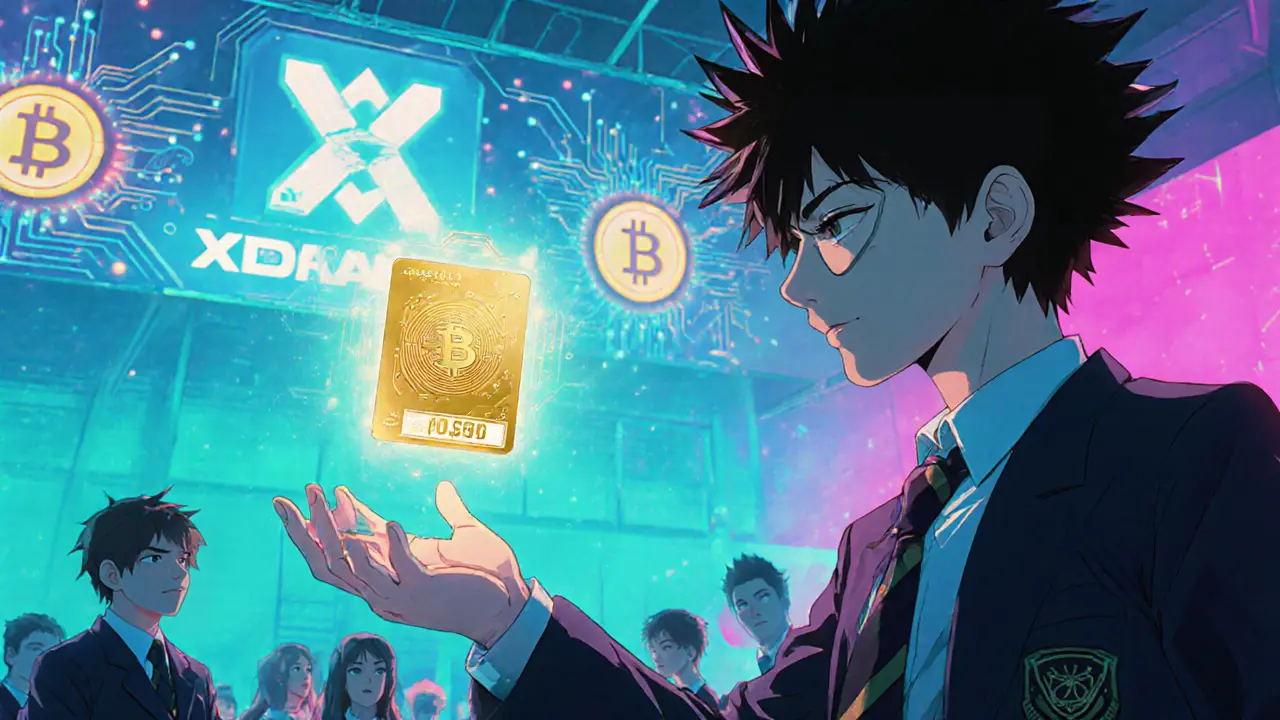

When you hear about Proof of Attendance Protocol, a system that mints a unique token for every person who shows up at a physical or virtual event. Also known as POAP, it turns attendance into a verifiable, tradeable badge on the blockchain.
At its core, POAP relies on Non‑Fungible Token (NFT), a digital asset that cannot be duplicated and lives on a public ledger. The NFT carries metadata—event name, date, venue, and a custom image—so anyone can prove they were there. Those NFTs are created by smart contracts, self‑executing code on a blockchain that enforces the rules of token issuance. Because the contracts are immutable, the badge can’t be forged or altered after the fact. This combination of NFTs and smart contracts makes POAP a trusted proof of participation, useful for community building, gamification, and even resume building.
Collectors treat POAPs like digital trophies; they display them in wallets or on social profiles to showcase their network and event history. Organizers gain a low‑cost way to reward attendance, run loyalty programs, or drop exclusive airdrops to badge holders—think of the EVA Community Airdrop or the MDX giveaway, where only verified POAP owners qualify. Builders can integrate POAP data into analytics dashboards, linking badge ownership to on‑chain activity and giving deeper insight into community engagement.
Beyond the basics, POAPs intersect with other trends you’ll see in our posts: airdrop mechanics, NFT market dynamics, and blockchain‑based energy trading platforms that also issue participation tokens. Understanding how POAPs work helps you navigate those topics with confidence. Below, you’ll find in‑depth articles on airdrop verification, NFT sales, DeFi risks, and more—all tied together by the same principle of verifiable digital proof.
Ready to explore the collection? Dive into the guides, reviews, and how‑tos that break down each piece of the POAP ecosystem and show you how to leverage event NFTs for real value.

A clear, jargon‑free guide that explains what POAP is, how it works on Ethereum, how to create and collect them, and why they matter for events and digital identity.